A friend among friends: Don Vincenzo at San Pietro
3. In memoriam: the detachment of a fresco
Restorations at San Pietro al Monte, which had been abandoned since the first works carried out by Monsignor Polvara, were resumed in 1974 thanks to Don Vincenzo Gatti.
Don Vincenzo wrote in his 1975 diary: “This was the situation until a year ago, when the president of the association of former pupils of Liceo Manzoni in Lecco, the lawyer Giuseppe Lorini, expressed to me the association’s desire to do something that would remain in the basilica of S. Pietro al Monte. This would have been in memory of a dear friend, the engineer Todeschini, who had loved this church so much and had often visited it with the association.“
The restoration campaign therefore began, and its first priority was to immediately secure some paintings and architectural elements to preserve what was being lost. The very first painting to be restored was the ‘Madonna and Child between Saints Peter, Paul, Thomas and Lucius’, measuring approximately 280 by 315 cm in length, which dated back to the late 15th or early 16th century.
The work was in a particularly critical state of conservation: poor adhesion to the wall support and considerable plaster loss in the lower part were both noticeable. These gaps revealed a surface decorated with meandering designs, contemporary with the first pictorial apparatus. Moreover, several water leaks from the apsidal area were deposited in the hollows of the floor. The painting, which was located on the north wall, also lacked adequate ventilation. Water infiltrations from the roof were evidenced by drippings and vertical abrasions on the surface of the paint. Further damage was caused by a sealing of the edges of the lower gaps and by fills with mortar containing a high percentage of cement, which was very damaging.
Restoring the painting in situ also required a series of glues to be injected from the back of the fresco in order to improve its adhesion to the support. However, this would have compromised the integrity of the older fresco, which was visible through the gaps. It was therefore decided, in agreement with the Works Management and the Conservation Bodies, to remove the painting in order to preserve it. Don Vincenzo had also a considerable interest in bringing to light the significant portion of Romanesque painting that was re-emerging due to the deterioration.
The delicate removal operation was carried out under the direct control of the client and the officials of the competent Superintendency. They were able to verify the perfect outcome of the work by examining the back of the removed painting, which showed no trace of the colour of the fresco underneath. The painting was then taken to the laboratory to complete the restoration work. This revealed a remarkable difference in the state of preservation of the paint film of the Madonna, St. Lucius and St. John the Baptist, in comparison with the rest of the painting. Residues of glue were found, suggesting that these images had been torn. This was confirmed by the recent discovery that the figure of the Madonna exists in private ownership in Lecco.
The painting was then placed on the same wall, but to the right of the recovered Romanesque scene. The painted surface of the latter showed considerable deterioration, already present in the second half of the 15th century, when it was covered and thus protected by the fresco above.
